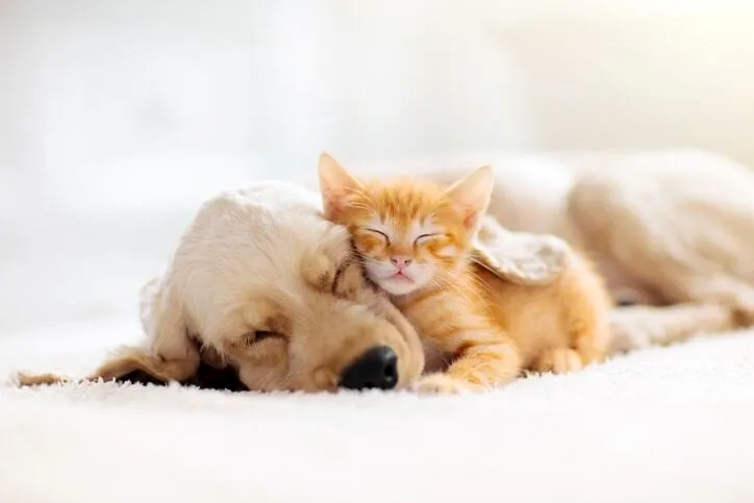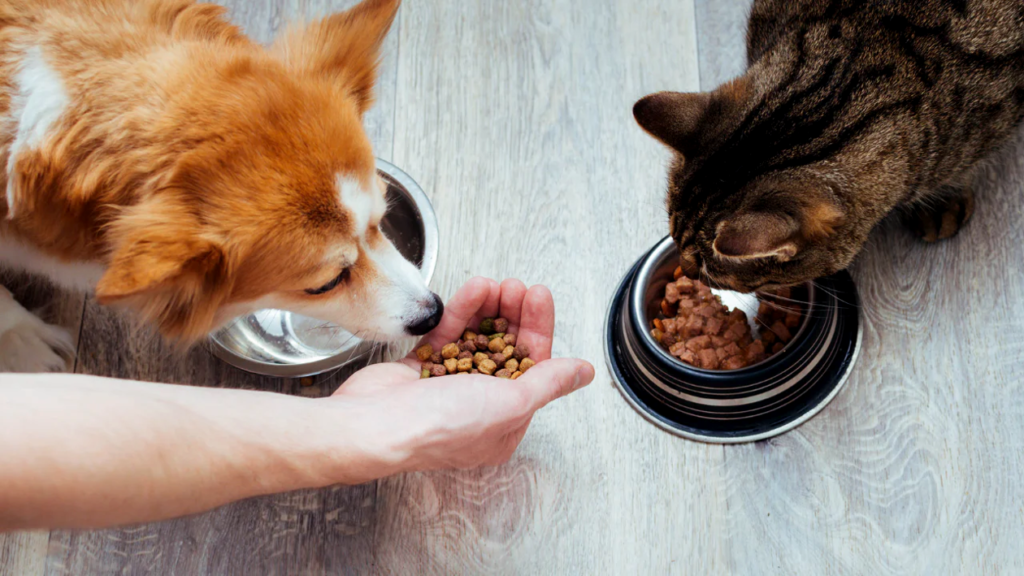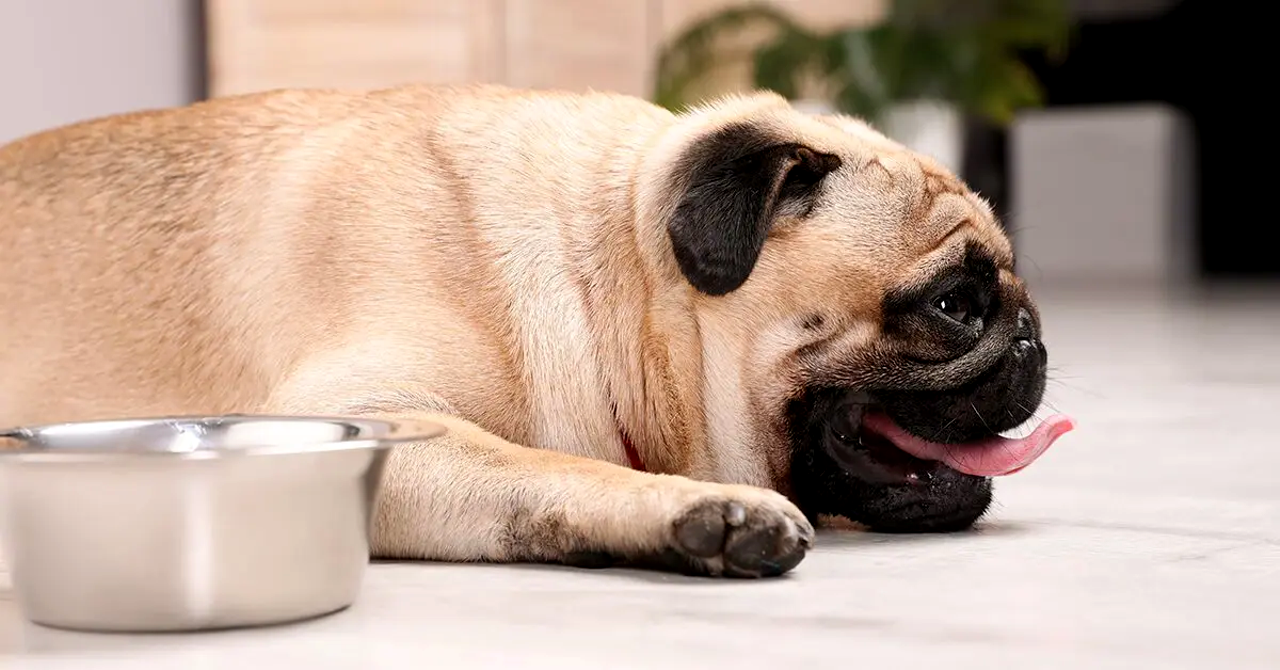Dehydration is a serious concern for our furry companions, and as responsible pet owners, it’s crucial to be proactive in preventing it. In this guide, we’ll explore seven practical tips to keep your pets well-hydrated and healthy.
Read More: Diarrhea in Dogs: Is Bloody Diarrhea an Emergency?
Contents
Tips to Prevent Dehydration in Pets

Importance of hydration for pets
Our beloved pets, whether furry felines or loyal canines, heavily depend on proper hydration for their overall health and well-being. Like humans, pets require water for essential bodily functions such as digestion, circulation, and temperature regulation. As responsible pet owners, we must ensure they stay adequately hydrated.
Common causes of dehydration in pets
Understanding the potential causes of dehydration is the first step in prevention. Factors such as hot weather, illness, or simply not consuming enough water can contribute to the risk of dehydration in pets. Identifying and addressing these factors is crucial for their health.
Signs of Dehydration
Physical symptoms
Recognizing the physical signs of dehydration is essential for early intervention. Dry gums, sunken eyes, and lethargy are common indicators that your pet may be dehydrated. Checking for these signs regularly can help you catch the issue before it becomes severe.
Behavioral changes
Dehydration can also manifest through behavioral changes. If you notice your pet becoming more irritable or displaying a sudden lack of interest in playtime, it could be a sign that they need more water. Being attuned to these changes is key to addressing dehydration promptly.
Tip 1: Provide Fresh Water
The significance of clean water
The foundation of preventing dehydration in pets lies in providing them with a constant supply of clean, fresh water. Water is not only vital for hydration but also helps in maintaining proper organ function and aiding in nutrient absorption.
Choosing the right water bowl
Selecting an appropriate water bowl can impact your pet’s water intake. Consider the size of the bowl, the material it’s made of, and how frequently it’s cleaned. Some pets may prefer a certain type of bowl, so it may take some experimentation to find the perfect fit.
Tip 2: Monitor Water Intake
Knowing your pet’s water needs
Understanding your pet’s individual water needs is crucial. Factors such as their size, age, and activity level play a role in determining how much water they require. Larger, more active pets generally need more water than smaller or less active ones.
Tracking daily water consumption
Keeping a log of your pet’s daily water intake can provide valuable insights. It helps you establish a baseline and quickly identify any changes in their drinking habits, which could be an early sign of dehydration or other health issues.
Tip 3: Wet Food Inclusion

Incorporating wet food into the diet
Wet food can be a valuable addition to your pet’s diet, especially if they struggle to meet their hydration needs through drinking alone. Wet food has a higher water content, contributing to their overall fluid intake.
Benefits for hydration
Apart from keeping them hydrated, wet food often has added nutritional benefits. It can be more palatable, making it an excellent option for picky eaters, and it’s generally easier to digest, especially for pets with dental issues.
Tip 4: Use Ice Cubes or Broth
Creative ways to increase water intake
Making hydration fun for your pets can encourage them to drink more water. Adding ice cubes to their water bowl or providing pet-safe broth are creative ways to entice them to stay hydrated.
Safety considerations
While these additions can be beneficial, it’s essential to ensure they are safe for your pet. Some pets may have allergies or sensitivities, so introducing new elements to their diet should be done gradually, and any concerns should be discussed with your veterinarian.
Tip 5: Schedule Regular Water Breaks
Establishing a routine
Creating a routine for water breaks is especially important during warmer months or after physical activity. This ensures your pet has regular opportunities to drink and stay hydrated throughout the day.
Adapting to different climates
Adjusting your pet’s water schedule based on environmental factors like temperature and humidity is crucial. In hotter climates, they may need more frequent breaks, while in colder climates, their water consumption may decrease.
Tip 6: Recognize Dehydration Early
Understanding the warning signs
Being able to recognize the early signs of dehydration is key to preventing it from escalating. Educate yourself on the subtle changes in behavior and appearance that could indicate your pet is becoming dehydrated.
The importance of prompt action
If you do notice signs of dehydration, taking prompt action is vital. Dehydration can lead to serious health issues, and addressing it early can prevent complications and promote a faster recovery.
Tip 7: Consult the Vet

Regular check-ups
Regular veterinary check-ups are essential for monitoring your pet’s overall health, including their hydration levels. Your vet can guide specific hydration needs based on your pet’s health and circumstances.
Seeking professional advice
If you notice persistent signs of dehydration or if you’re unsure about your pet’s hydration status, don’t hesitate to consult your veterinarian. They can offer personalized advice, recommend tests if necessary, and provide appropriate treatment.
Conclusion
Summarizing key points
Preventing dehydration in pets is a responsibility that comes with being a pet owner. By following these seven tips, you can ensure your furry friends stay adequately hydrated, promoting their overall health and longevity.
Emphasizing the importance of preventing dehydration
Taking proactive measures to prevent dehydration not only ensures your pet’s well-being but also strengthens the bond between you and your furry companion. A well-hydrated pet is a happy and healthy one.
Read More: Methimazole for Cats: Managing Feline Hyperthyroidism
FAQs
- How much water should my pet drink daily? The water intake varies based on factors like size and activity level. Generally, dogs need about 1 ounce of water per pound of body weight.
- Can dehydration be prevented through diet alone? While diet plays a crucial role, maintaining proper hydration also requires access to clean water and monitoring your pet’s water intake.
- Are there specific breeds more prone to dehydration? Some breeds are more susceptible, especially those with short snouts, like Bulldogs. However, dehydration can affect any breed.
- Is it normal for cats to drink less water than dogs? Yes, cats typically have a lower water requirement than dogs. However, any sudden decrease in water intake should be monitored.
- What should I do if my pet refuses to drink water? If your pet consistently refuses water, consult your vet immediately as it could indicate an underlying health issue.




















